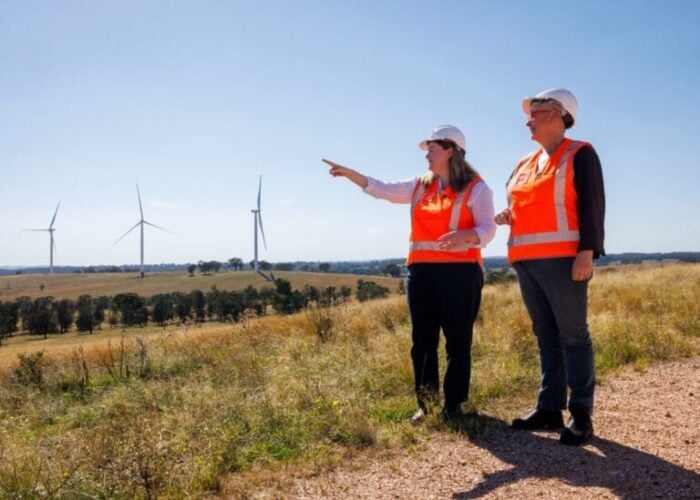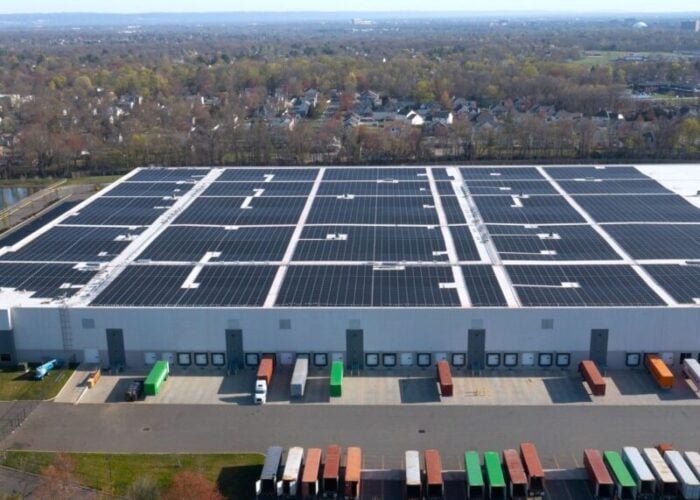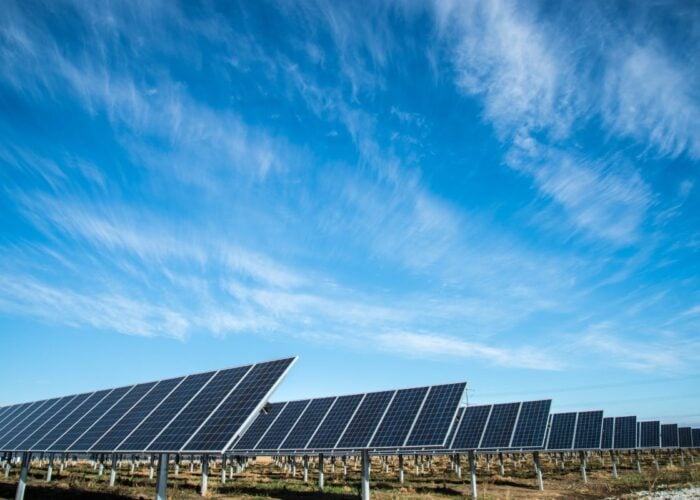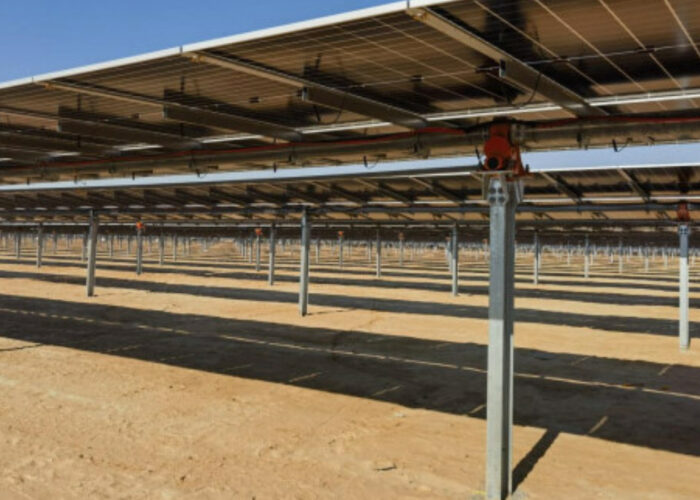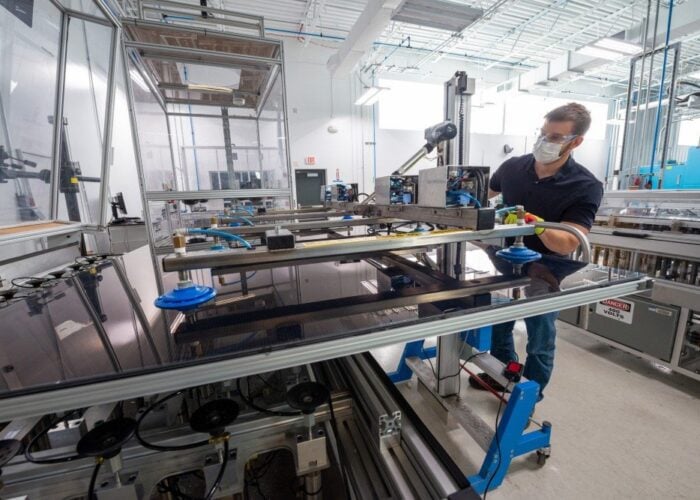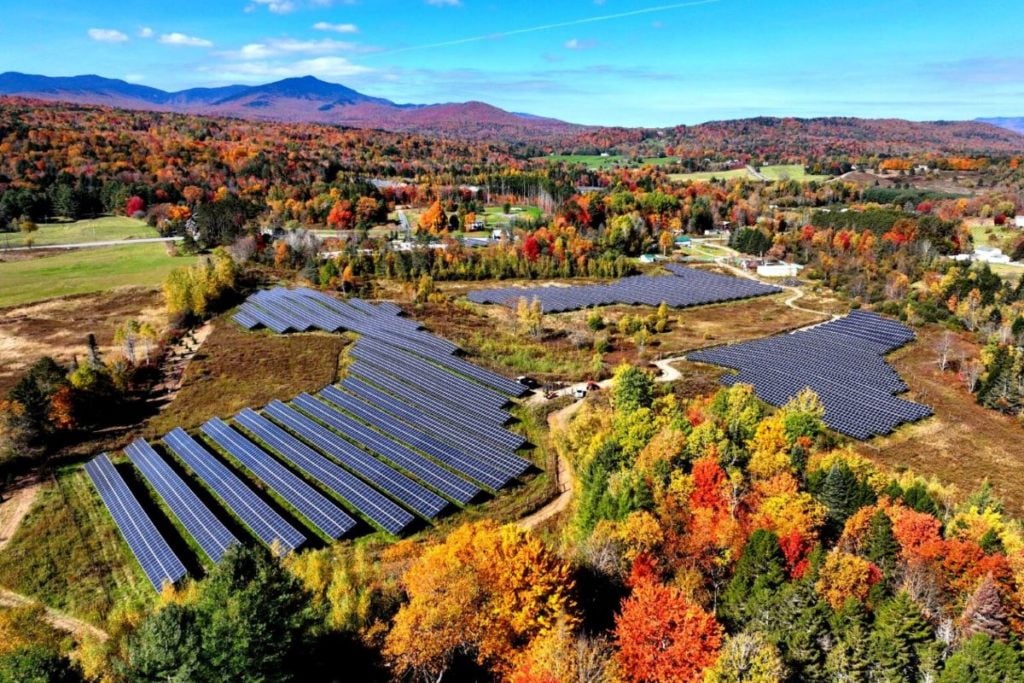
The cumulative community solar capacity in the US will reach 14GW by 2028, according to Wood Mackenzie and the Coalition for Community Solar Access.
US community solar installations have been growing since the mid-2010s but the annual installed capacity declined by 6% year-over-year in 2022 and 13% in the first quarter of 2023. Research group Wood Mackenzie Power & Renewables said this was primarily driven by the supply chain uncertainty of the past year, as well as interconnection and siting issues hindering growth in key state markets such as Massachusetts and Maine.
Unlock unlimited access for 12 whole months of distinctive global analysis
Photovoltaics International is now included.
- Regular insight and analysis of the industry’s biggest developments
- In-depth interviews with the industry’s leading figures
- Unlimited digital access to the PV Tech Power journal catalogue
- Unlimited digital access to the Photovoltaics International journal catalogue
- Access to more than 1,000 technical papers
- Discounts on Solar Media’s portfolio of events, in-person and virtual
However, the growth rate of the annual installed capacity will start increasing again in 2024 and continue through the next five years. By 2028, the US community solar market will have 14GW of cumulative installed capacity, while this forecast does not include the potential of new programmes which might result in a significant uplift.

“Near-term growth is driven by the continued success of programs in New York and Illinois as well as positive policy updates in Maryland, Minnesota, and New Jersey,” said Caitlin Connelly, research analyst at Wood Mackenzie.
She added that California’s newly proposed programme has the potential to represent 20% of Wood Mackenzie’s national outlook between 2024 and 2028.
The study also highlights other factors that could spur the growth of community solar in the US. For the Inflation Reduction Act (IRA), community solar developers can qualify for any of the three investment tax credit bonus adders in the recent guidance from the US Internal Revenue Service, but are most likely to seek the low-income communities adder first.
In addition, the US Environmental Protection Agency’s Solar for All fund, within the US$27 billion Greenhouse Gas Reduction Fund, will be beneficial for community solar, granting up to US$7 billion in funds to support the creation and expansion of community solar programmes focused on supporting low-income communities.
“These projections don’t factor in new states passing community solar laws and the billions of dollars of federal grants that we expect will go to states to expand access to community solar. We’re just scratching the surface on how many people in America can get the benefits of community solar access by the end of the decade if regulators and legislators keep their foot on the gas,” said Matt Hargarten, vice president of campaigns at the Coalition for Community Solar Access.
| Our publisher Solar Media is hosting the 10th Solar and Storage Finance USA conference, 7-8 November 2023 at the New Yorker Hotel, New York. Topics ranging from the Inflation Reduction Act to optimising asset revenues, the financing landscape in 2023 and much more will be discussed. See the official site for more details. |

